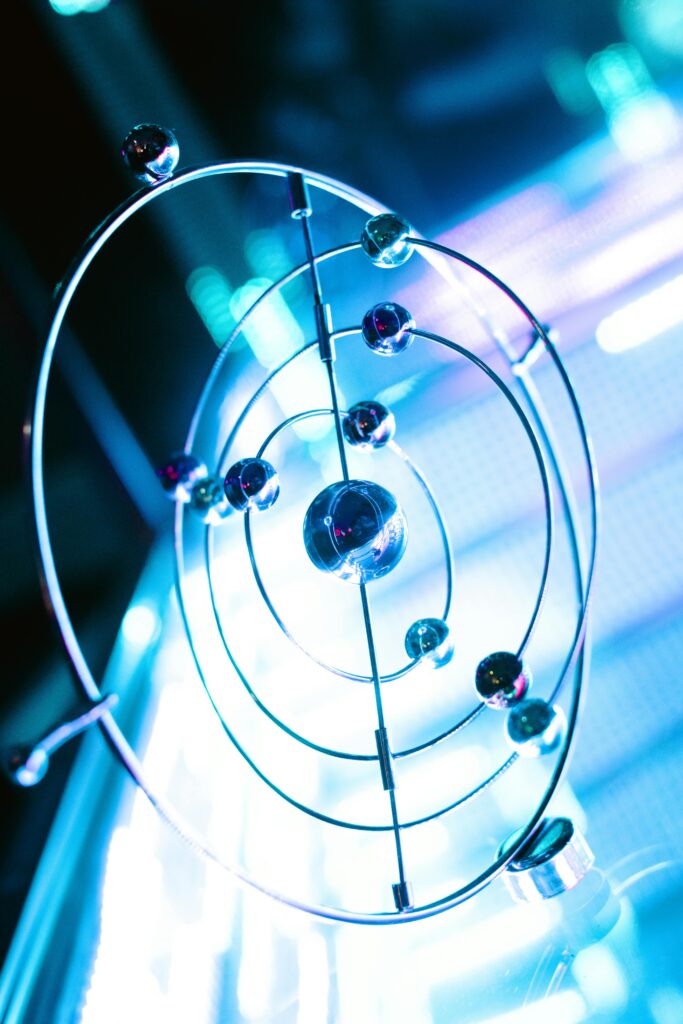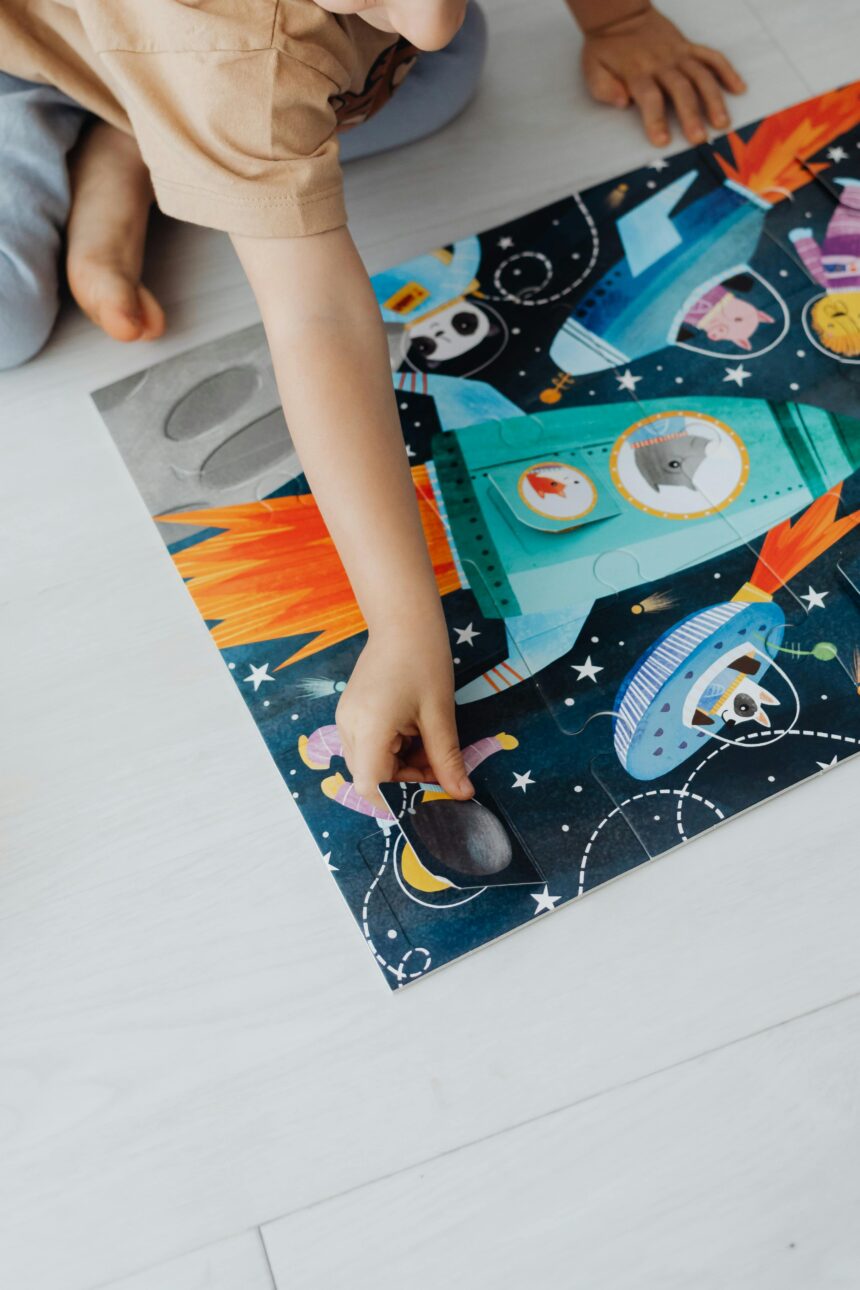In the quest to understand life on Earth and beyond, scientists often refer to the “Goldilocks Zone” as a crucial concept. While most commonly associated with astronomy and the search for habitable planets, this idea can also be applied to cellular biology. In cellular systems, the “Goldilocks Zone” represents the optimal conditions necessary for cell survival, growth, and function—where everything is “just right.” Too extreme, and cells become stressed, damaged, or even die. Too lenient, and they might fail to thrive or adapt properly to changing environments.
Understanding this balance is essential not just for exploring extraterrestrial life but also for advancing our knowledge in cellular adaptability, resilience, and overall biological health.
What is the “Goldilocks Zone”?

In its traditional astronomical sense, the “Goldilocks Zone” (also known as the habitable zone) refers to the range of distances from a star where conditions are just right for liquid water to exist on the surface of a planet. Too close, and the water would evaporate; too far, and the water would freeze. Earth exists in this zone, which is why it supports life as we know it.
However, when applying this concept to cellular biology, the Goldilocks Zone refers to the range of environmental conditions—such as temperature, pH, and nutrient availability—where cells can function most efficiently. Cells, like planets, require precise conditions for survival. This delicate balance ensures that enzymes work properly, cellular processes occur at the right pace, and biochemical pathways function smoothly.
The Importance of the Goldilocks Zone in Cellular Adaptability

Cells are constantly adapting to changing conditions. Whether it’s responding to shifts in temperature, oxygen levels, or nutrient availability, cellular systems must continuously adjust to survive. However, extreme environmental changes—whether hot, cold, acidic, or lacking essential nutrients—can push cells beyond their Goldilocks Zone, leading to stress responses or even death.
At the molecular level, the “Goldilocks Zone” plays a key role in determining a cell’s adaptability and resilience. When conditions are just right, cells can perform their necessary functions with minimal stress. However, when these conditions shift too far outside the optimal range, cellular mechanisms such as stress responses, protein degradation, and metabolic reprogramming are triggered.
For example:-
- Temperature: Each species of organism has an optimal temperature range for enzyme activity. Too hot, and enzymes can become denatured, rendering them ineffective. Too cold, and molecular movements slow down, reducing enzyme activity and cellular processes.
- pH levels: The internal pH of a cell must remain within a specific range for most enzymes to function. Deviations from this range can disrupt cellular processes, causing damage or death.
- Oxygen and nutrient levels: Cells depend on oxygen and nutrients to generate energy and build essential molecules. A lack of these resources can push cells into anaerobic states or cause them to enter a state of dormancy, reducing their ability to grow and adapt.
In essence, cellular adaptability hinges on maintaining the conditions that keep the cell within its own “Goldilocks Zone.” This is why understanding how cells respond to various stressors and how they maintain homeostasis is critical for research in fields such as aging, disease, and biotechnology.
Resilience and the Role of the Goldilocks Zone
Cellular resilience refers to a cell’s ability to recover from stress or injury. Whether exposed to environmental stressors, toxins, or physical damage, cells must possess mechanisms that allow them to adapt and maintain their integrity. In the context of the Goldilocks Zone, resilience is a measure of how well a cell can function and survive despite fluctuations in its environment.
- Stress Response Mechanisms: Cells possess an intricate network of stress response pathways that help them deal with conditions outside their optimal range. Heat shock proteins, for instance, help protect proteins from denaturation during heat stress. Similarly, antioxidant enzymes neutralize harmful free radicals produced during oxidative stress. When conditions are near the “Goldilocks” zone, these systems are activated only when necessary, allowing cells to conserve energy. Outside this range, however, these systems become crucial for survival.
- Autophagy and Repair: Autophagy, the process by which cells recycle damaged components, is another essential mechanism for cellular resilience. In extreme conditions, autophagy helps remove dysfunctional organelles, proteins, and other cellular debris that might otherwise impair the cell’s function. When environmental factors push cells out of their optimal range, autophagy ensures that the damage does not accumulate to lethal levels.
- Epigenetic Adaptation: Cells also exhibit resilience through epigenetic mechanisms, which allow them to adapt to environmental stresses. Epigenetic changes—alterations in gene expression without changes to the DNA sequence—can help cells adjust to long-term shifts in environmental conditions. By turning on or off specific genes in response to stress, cells can optimize their metabolism, repair machinery, and other processes to cope with new challenges.
How Cellular Therapies Can Enhance Resilience
Advances in cellular therapies and regenerative medicine are increasingly focused on harnessing the principles of the Goldilocks Zone to enhance cellular resilience. For example:
- Stem Cell Therapy: Stem cells are known for their remarkable ability to adapt to various environments. By manipulating the conditions in which stem cells are cultured, researchers can ensure they remain in their Goldilocks Zone, promoting healthy differentiation and regeneration of tissues.
- Gene Editing: Techniques like CRISPR/Cas9 allow scientists to precisely edit genes, potentially correcting mutations that prevent cells from functioning within their optimal range. These therapies could help restore cellular resilience in various disease models.
- Nutritional Interventions: Maintaining proper nutrition and cellular homeostasis is crucial for keeping cells within their Goldilocks Zone. Advances in personalized nutrition and supplementation aim to optimize the cellular environment, reducing stress and promoting health.
Wrap Up
The “Goldilocks Zone” is an essential concept for understanding cellular adaptability, resilience, and overall health. Just as planets need to exist within a certain distance from their star to support life, cells require a balanced internal and external environment to survive, thrive, and adapt. By understanding the conditions that enable cells to function optimally, scientists and healthcare professionals can develop better strategies for treating diseases, promoting longevity, and even exploring extraterrestrial life.
In the ever-changing landscape of cellular biology, the key takeaway is clear: cells, like planets, thrive when conditions are “just right.” Through continued research into cellular adaptability and resilience, we can uncover new approaches to maintaining this balance—ultimately supporting the health of individuals and advancing our understanding of life itself.
Also read:-
https://lifescienceinsights360.com/blog/the-future-of-biotechnology-innovations-in-dna-testing/





